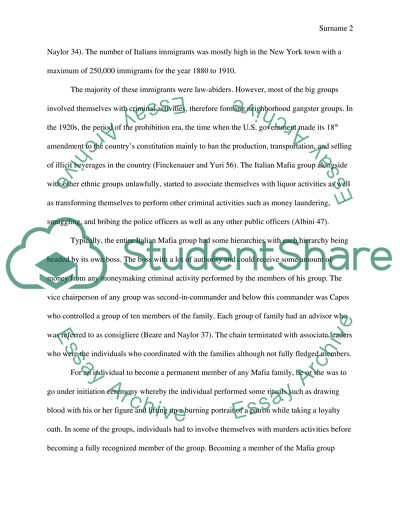Cite this document
(“Criminal justice , organized crime Term Paper Example | Topics and Well Written Essays - 2000 words”, n.d.)
Criminal justice , organized crime Term Paper Example | Topics and Well Written Essays - 2000 words. Retrieved from https://studentshare.org/law/1641489-criminal-justice-organized-crime
Criminal justice , organized crime Term Paper Example | Topics and Well Written Essays - 2000 words. Retrieved from https://studentshare.org/law/1641489-criminal-justice-organized-crime
(Criminal Justice , Organized Crime Term Paper Example | Topics and Well Written Essays - 2000 Words)
Criminal Justice , Organized Crime Term Paper Example | Topics and Well Written Essays - 2000 Words. https://studentshare.org/law/1641489-criminal-justice-organized-crime.
Criminal Justice , Organized Crime Term Paper Example | Topics and Well Written Essays - 2000 Words. https://studentshare.org/law/1641489-criminal-justice-organized-crime.
“Criminal Justice , Organized Crime Term Paper Example | Topics and Well Written Essays - 2000 Words”, n.d. https://studentshare.org/law/1641489-criminal-justice-organized-crime.


